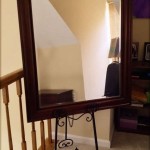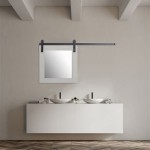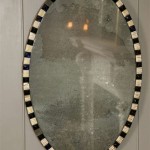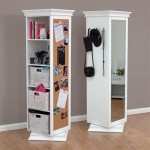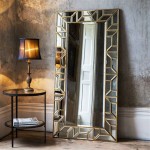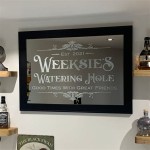Concave Mirrors: Illuminating the Road Ahead with Car Headlights
Car headlights are crucial for safe nighttime driving, providing essential visibility for drivers and making vehicles noticeable to others. A key component in many headlight designs is the concave mirror. These mirrors play a vital role in shaping and directing the light emitted from the bulb, maximizing the headlight's effectiveness.
Key Properties of Concave Mirrors
Concave mirrors, also known as converging mirrors, possess a reflective surface that curves inward. This unique shape allows them to collect and focus light rays. Several key optical principles govern how concave mirrors manipulate light:
1. Focal Point: Parallel light rays striking a concave mirror converge at a single point called the focal point.
2. Focal Length: The distance between the mirror's surface and the focal point is known as the focal length.
3. Center of Curvature: The center of the sphere from which the mirror's curve is derived is the center of curvature. The focal length is precisely half the distance of the radius of curvature.
4. Real Image Formation: When an object is placed beyond the center of curvature, a real, inverted, and diminished image is formed between the center of curvature and the focal point.
5. Virtual Image Formation: When an object is placed within the focal length, a virtual, upright, and magnified image is formed behind the mirror.
Harnessing Concave Mirrors in Headlight Design
The reflective properties of concave mirrors are ideally suited for headlight applications. By strategically positioning the light source (the bulb) at or near the focal point, the mirror can project a beam of light forward. This process involves the following:
Optimizing Light Projection with Concave Mirrors
1. Placement of the Light Source: Placing the filament of the bulb at the focal point results in a beam of nearly parallel rays, maximizing throw distance.
2. Mirror Shape and Size: The curvature of the mirror significantly impacts the beam pattern. A more shallow curve produces a wider beam, while a deeper curve creates a more focused, narrow beam.
3. Reflectivity of the Mirror Surface: High reflectivity is crucial for efficient light projection. Headlight reflectors are typically coated with highly reflective materials like aluminum or silver to minimize light loss.
Evolution of Concave Mirror Usage in Headlights
Over time, headlight technology has evolved, incorporating various designs and light sources. Concave mirrors have remained a constant in many of these developments:
Adapting Concave Mirrors to Modern Headlight Technology
1. Parabolic Reflectors: A parabola is a specific type of concave curve that offers even better focusing of light rays compared to a spherical concave mirror. Parabolic reflectors help create more precise beam patterns.
2. Projector Headlights: Projector headlights use a lens in conjunction with a concave reflector to further shape and control the light beam. This allows for sharper cutoff lines, reducing glare for oncoming traffic.
3. LED Headlights: Even with the advent of LEDs, concave reflectors continue to play a role. LEDs are smaller and more efficient than traditional incandescent bulbs, enabling more compact and complex headlight designs that still utilize the focusing properties of concave mirrors.
Advantages of Concave Mirrors in Car Headlights
The continued use of concave mirrors in car headlights underscores their effectiveness. Some key advantages include:
Benefits of Using Concave Mirrors
1. Efficient Light Collection: They efficiently collect light from the source, minimizing wasted light.
2. Beam Control: They allow for control over the shape and direction of the light beam, ensuring optimal illumination of the road ahead.
3. Cost-Effective Manufacturing: Concave mirrors can be manufactured relatively easily and cost-effectively, making them a practical choice for headlight design.
Current Applications and Future Directions
Concave mirrors remain a fundamental component in many modern car headlight systems. As headlight technology continues to advance, incorporating features like adaptive front lighting systems and laser headlights, concave reflectors are likely to continue playing a crucial role in shaping and directing the light emitted from these increasingly sophisticated light sources. Their adaptability and cost-effectiveness ensure their continued relevance in automotive lighting.

Car Headlights

How A Concave Mirror Is Used In Headlights And Searchlights To Throw Light At Long Distance Homework Study Com

Why Headlights Used Concave Mirror
Flashlights And Car Headlights All Have Concave Mirrors Why Would It Not Be A Good Idea To Use Convex Mirror Instead Quora

Which Mirror Is Used In The Headlights Of A Car

Concave Vs Convex Mirrors In Cars

Why Headlights Used Concave Mirror

Why Are Concave Mirrors Used In Headlights Socratic

State The Type Of Mirrors Used For I Headlights And Ii Rearview In Cars Motorcycles Give Reason To Justify Your Answer Each Case

Concave Vs Convex Mirrors In Cars

